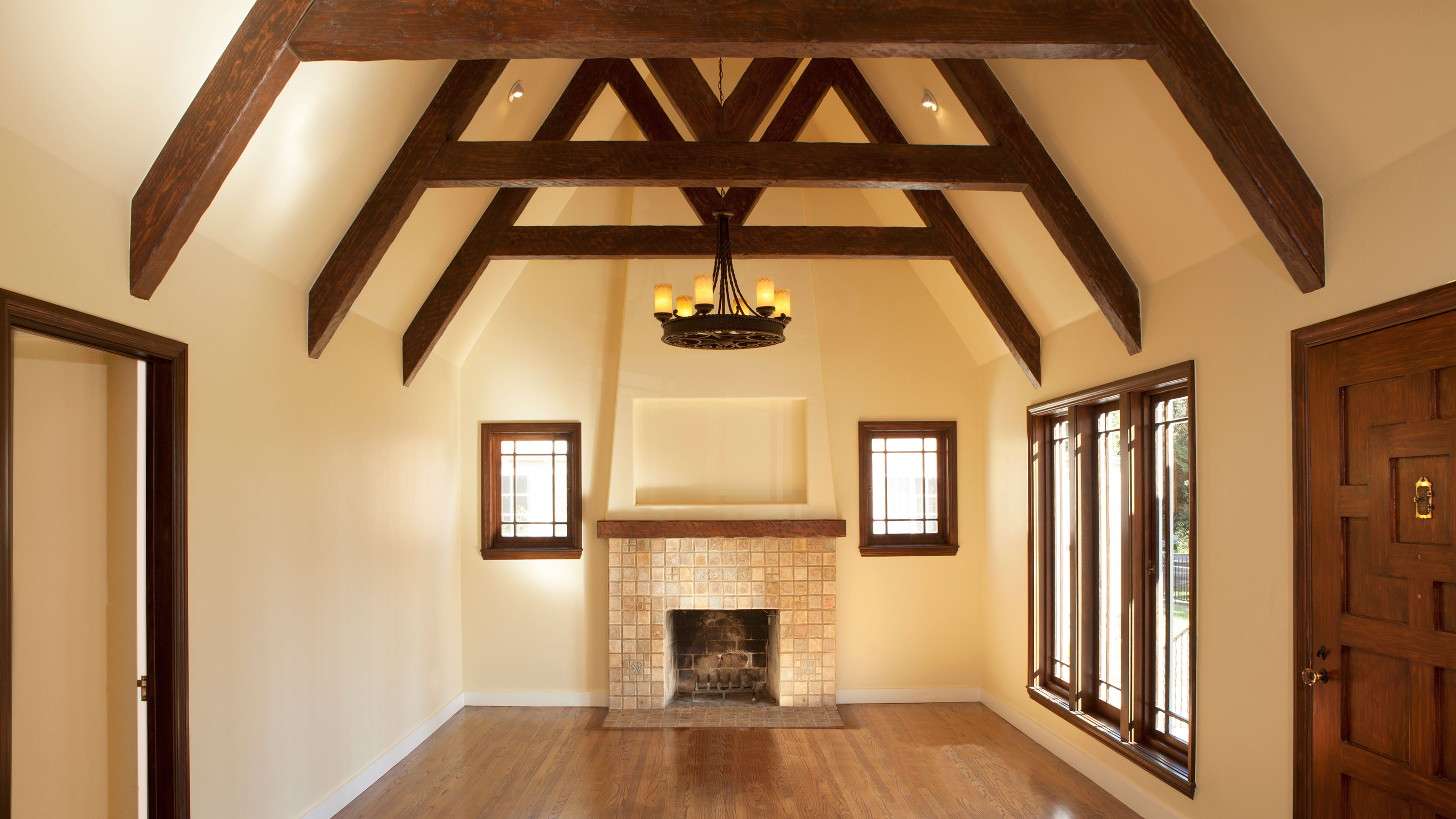

Vaulted ceilings can give a space grandeur, and make it spacious, airy and a pleasure to spend time in. But there are those who think they’re outdated, and also criticize the additional energy consumption having one of these entails.
But, unless you’re firmly decided about which ceiling ideas you prefer, you’ll want to consider both the benefits and the disadvantages of vaulted ceilings as well as the design possibilities on offer, and we’re here to help.
Our guide has all you need to know about both the pros and cons of vaulted ceilings as well as the costs, along with the experts’ views.

What is a vaulted ceiling?
Today, the term vaulted ceiling is used for a ceiling that angles upwards from the room’s walls to a center, creating greater height overhead than a standard flat ceiling.
A vaulted ceiling might be 13 feet in height or taller. As a comparison, ceilings in new homes are generally nine feet in height on the first floor while in older homes they might be either lower at eight feet, or higher, reaching up to 12 feet, depending on the period in which the home was constructed.
Bear in mind that if we’re talking in strict architectural terms, a vaulted ceiling is a self-supporting arch, but now the description is used much more generally and a vaulted ceiling needn’t take an arched shape.
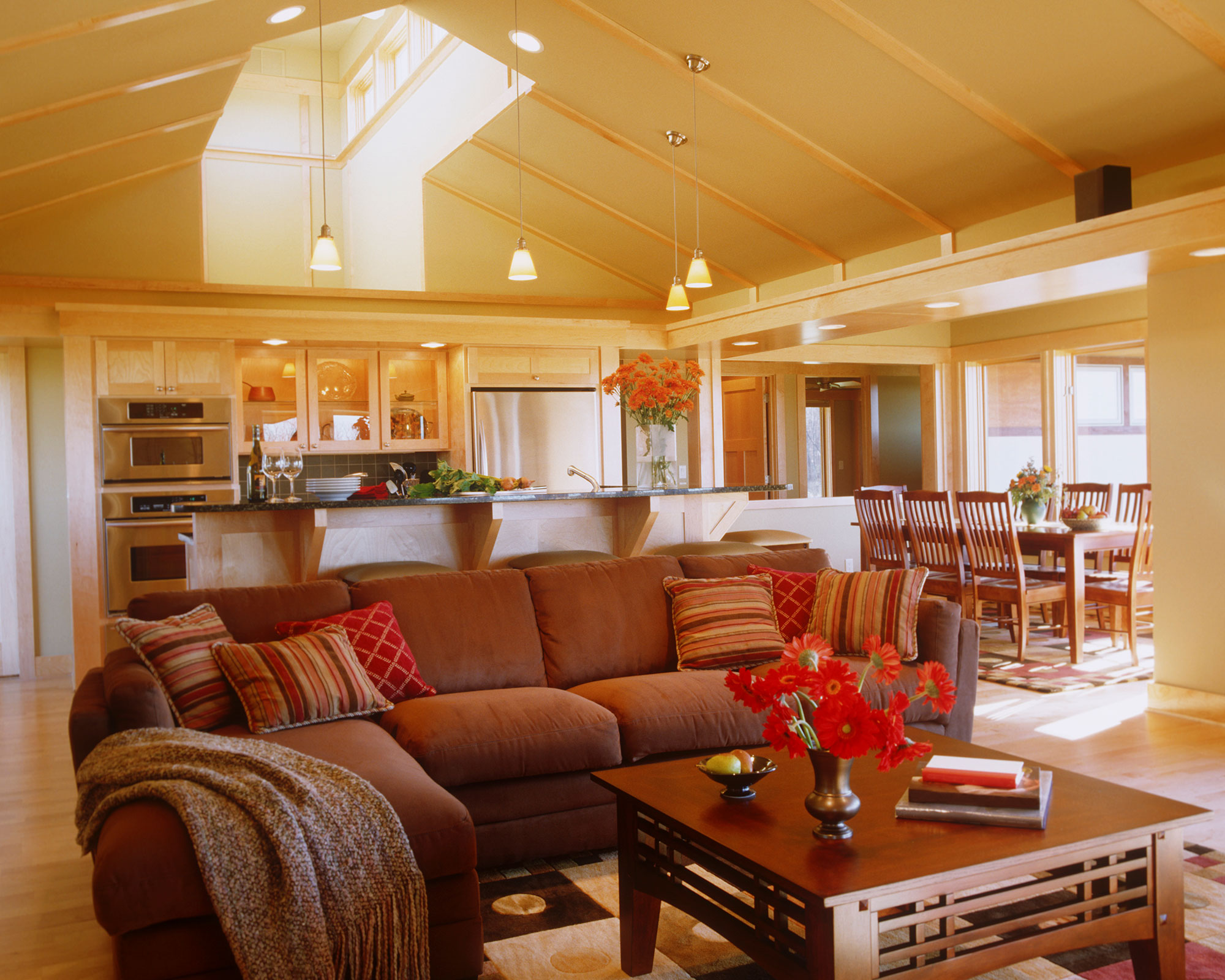
What shapes can a vaulted ceiling take?
The arched or barrel vaulted ceiling is what the architectural definition points to, and these can be seen in historic buildings. But this single curved arch structure also continues to be popular among fans of vaulted ceilings in the 21st century.
Another take on the barrel vaulted ceiling is the groin vault where two barrel vaults meet at right angles.
A popular alternative to the barrel vault is a cathedral ceiling, which doesn’t arch. Generally these reflect the structure of the roof with sloping sides meeting at the high point of the ridge in the center.
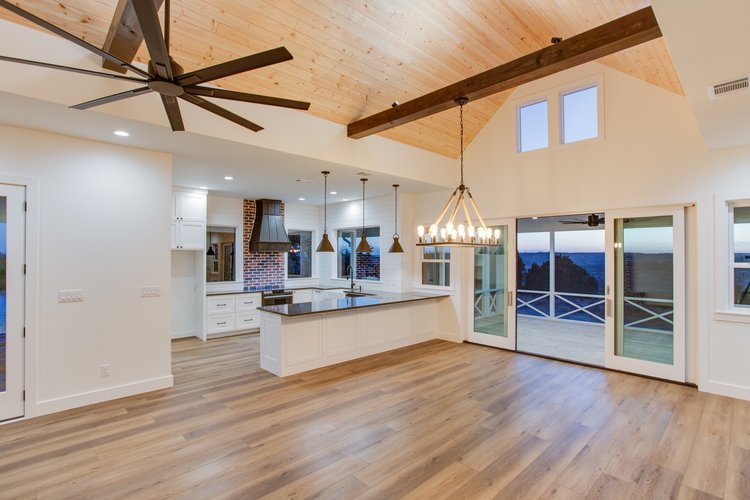
What are the benefits of vaulted ceilings?
Vaulted ceilings have plenty of benefits, which is why they continue to be popular with many designers and homeowners in this century.
- The ceiling is known as the fifth wall, and a vaulted design takes full advantage of its potential to be an interesting part of the room’s design rather than a plain expanse.
- It brings architectural interest to what might otherwise be a plain room.
- The lofty height of the room brings a feeling of grandeur that can be desirable for spaces such as a living or dining room, or an entryway, for example.
- A vaulted ceiling can also turn unused roof space into part of a room, and increase its volume.
- It can make the room feel more spacious and airy – and that’s even if its square footage is relatively modest.
- Fitted with skylights, and with the possibility to include larger areas of glazing in the room, a vaulted ceiling can create a wonderfully light-filled space, which also makes the room feel bigger.
- A vaulted ceiling can complement both contemporary houses and everything from farmhouse style homes to mid-century designs.
- In attracting the eye upwards, a vaulted ceiling can draw attention to beams, or spectacular lighting.
What are the disadvantages of vaulted ceilings?
There are some downsides to vaulted ceilings that it pays to be aware of whether you’re contemplating them for a new home, as part of a remodel, or considering buying a house that has them.
- A vaulted ceiling can mean increased energy bills. There’s a larger space to heat and to cool.
- Add to that the fact that although the room is larger, vaulting the ceiling doesn’t create more room for furniture and circulation.
- Vaulting a ceiling might mean sacrificing attic space that’s useful.
- Access to the vaulted ceiling is also an issue. Think getting rid of dust, changing light bulbs, maintaining ceiling fans, and refreshing the paint when the time comes.
- The cost of a vaulted ceiling is also a consideration, which we will get to below.
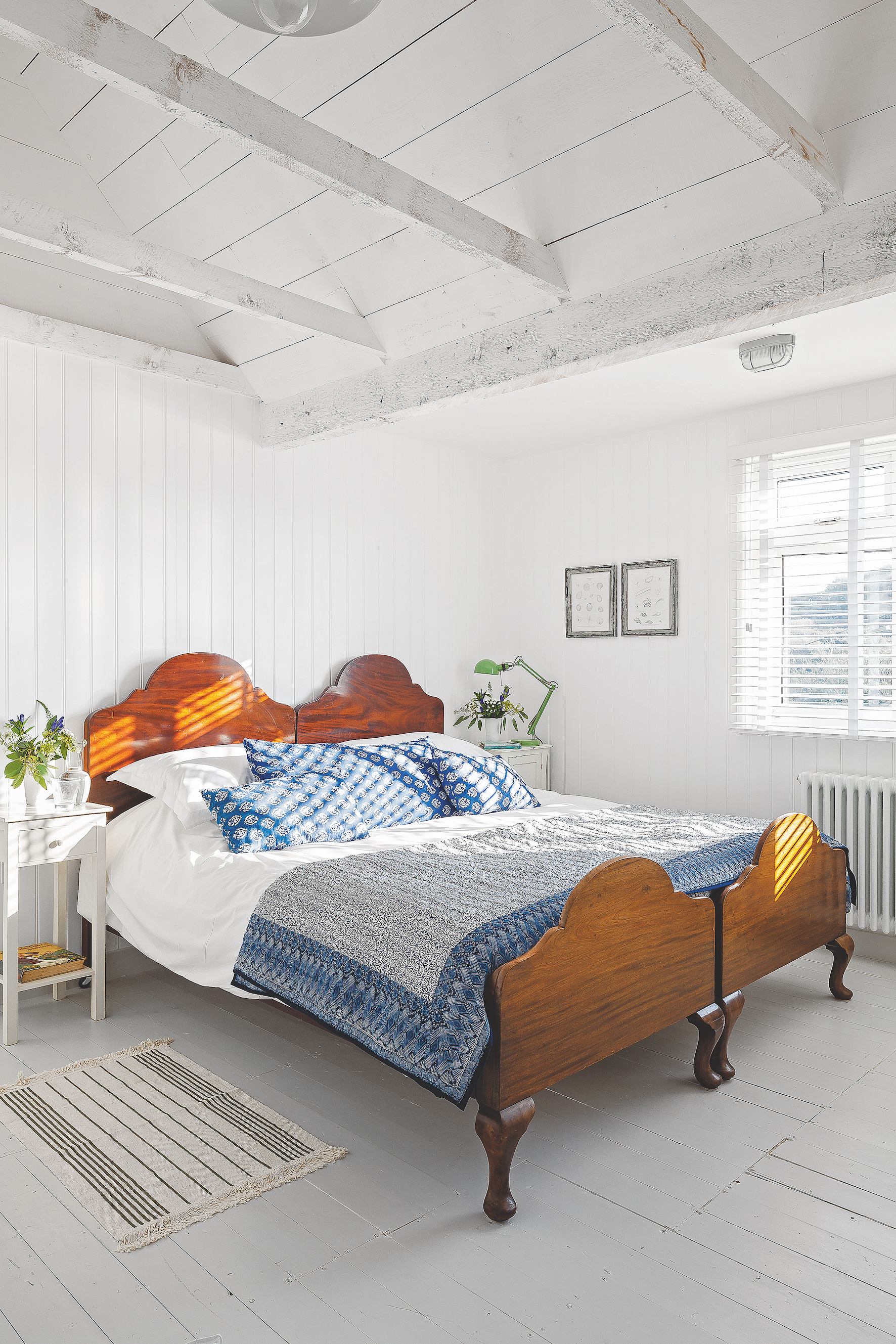
Are vaulted ceilings outdated?
Vaulted ceilings certainly divide opinions with some making the claim that they are outdated. Energy efficiency is also an important factor to address.
However, they do remain highly desirable. ‘Vaulted ceilings are still a very popular feature in our new custom homes,’ says Ben Neely, president and owner of Riverbend Homes.
‘As of late, five out of the next five homes we’re designing all feature vaulted living room areas, and some even carry the vault into the kitchen area, and 80 per cent of the upcoming homes have vaulted master suites.
‘Almost all the vaults feature a central main beam, and secondary beams that run parallel with the vaulted ceilings.’
What’s crucial is getting the design of the vaulted ceiling right. ‘It’s important that the home’s style is taken into consideration as well as the relationship of the room for which the vaulted ceiling is planned to those adjoining,’ says Camille Dubuis-Welch, acting editor of RealHomes.com.
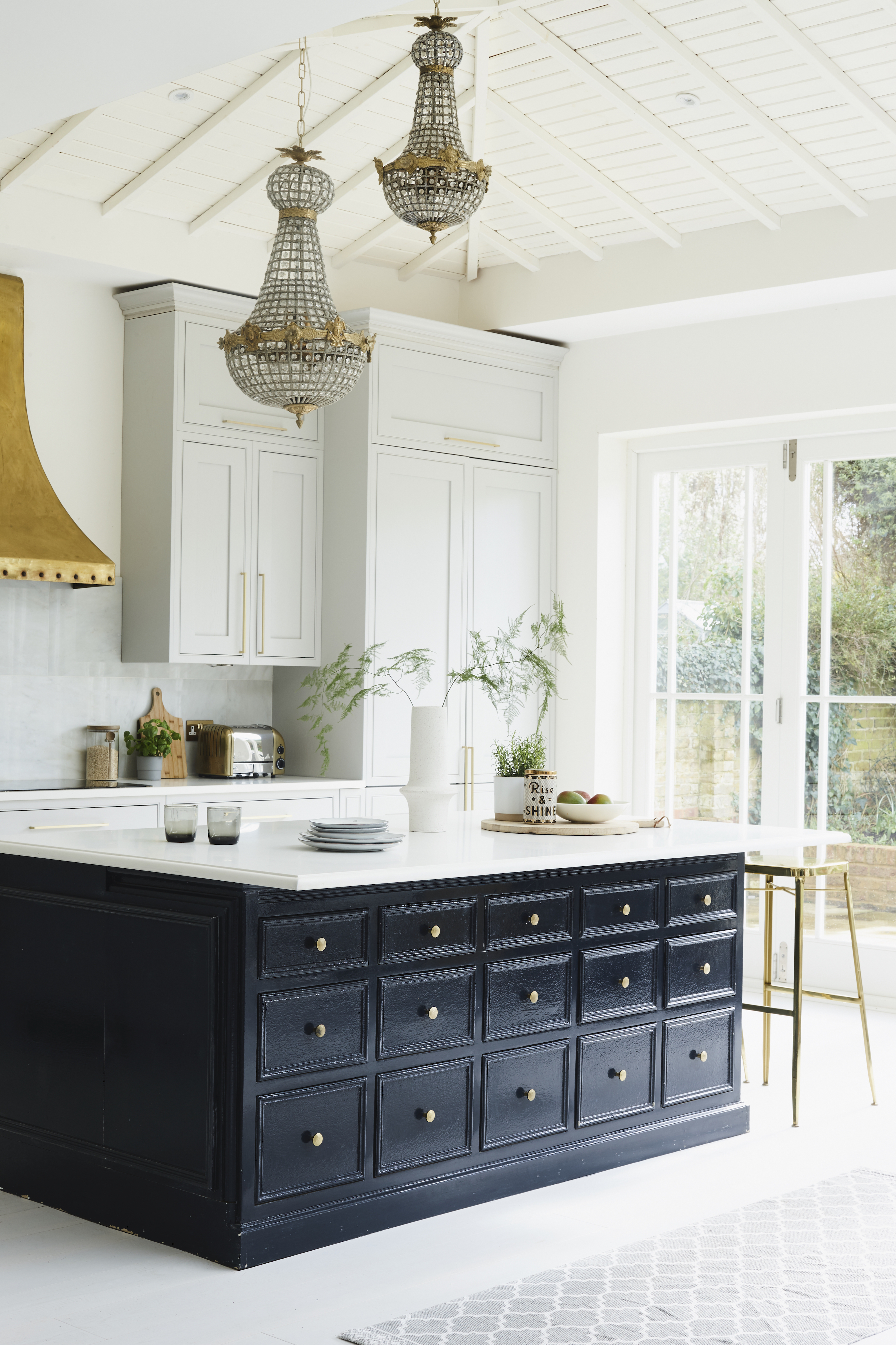
Is a vaulted ceiling worth it?
Retrofitting a vaulted ceiling is a more difficult prospect than including one in a new home, although you should also be aware that although it may be easier to fit them into new builds, it does increase construction costs.
‘When retro fitting a vault into an existing home, the existing ceiling framing will have to be removed,’ explains Jeremy Hume, president & CEO of Phoenix CR Pro. ‘While this may seem like no big deal, that means drywall, insulation, roof bracing, and any electrical in the ceiling has to be removed as well. This can be a major chore.
‘You will be limited to vaulting the ceiling to the existing roof line; meaning, if your roof is a low pitch, and you want a high vault, you would then have to alter the roof framing as well,’ he continues.
There may be other consequences when a vaulted ceiling is retrofitted. ‘HVAC systems are designed to service a specific cubic footage in the home, and adding additional cubic footage by raising the ceiling could cause issues with heating and cooling the space,’ says Jeremy. ‘An upgrade in HVAC equipment may be necessary.’
How much does a vaulted ceiling cost?
For a new home, count on an increase in costs. ‘Vaulted ceilings can add to the initial cost of a house by as much as 5 to 20 per cent,’ says Marina Vaamonde, real estate investor and founder of MultifamilyCashin. ‘This is due to complicated roof designs, higher labor costs, and added materials.’
As part of a remodel? ‘Costs for this type of project will vary widely as there are so many cost factors,’ says Jeremy Hume. However, you might expect a cost of between $18,000 and $25,000 to vault an 11 to 12 foot ceiling in a 20 by 20 foot room, according to HomeAdvisor.
‘If the decision is based on ROI (return on investment), it’s better to put those funds into a kitchen or bath reno,’ says Jeremy. ‘If the decision is based on a homeowner who simply wants the improvement and plans on living in the home for a while, or ROI isn’t a factor, then it’s a great improvement to a space.’
Join our newsletter
Get small space home decor ideas, celeb inspiration, DIY tips and more, straight to your inbox!

Sarah is a freelance journalist and editor writing for websites, national newspapers, and magazines. She’s spent most of her journalistic career specialising in homes – long enough to see fridges become smart, decorating fashions embrace both minimalism and maximalism, and interiors that blur the indoor/outdoor link become a must-have. She loves testing the latest home appliances, revealing the trends in furnishings and fittings for every room, and investigating the benefits, costs and practicalities of home improvement. It's no big surprise that she likes to put what she writes about into practice, and is a serial house revamper. For Realhomes.com, Sarah reviews coffee machines and vacuum cleaners, taking them through their paces at home to give us an honest, real life review and comparison of every model.
-
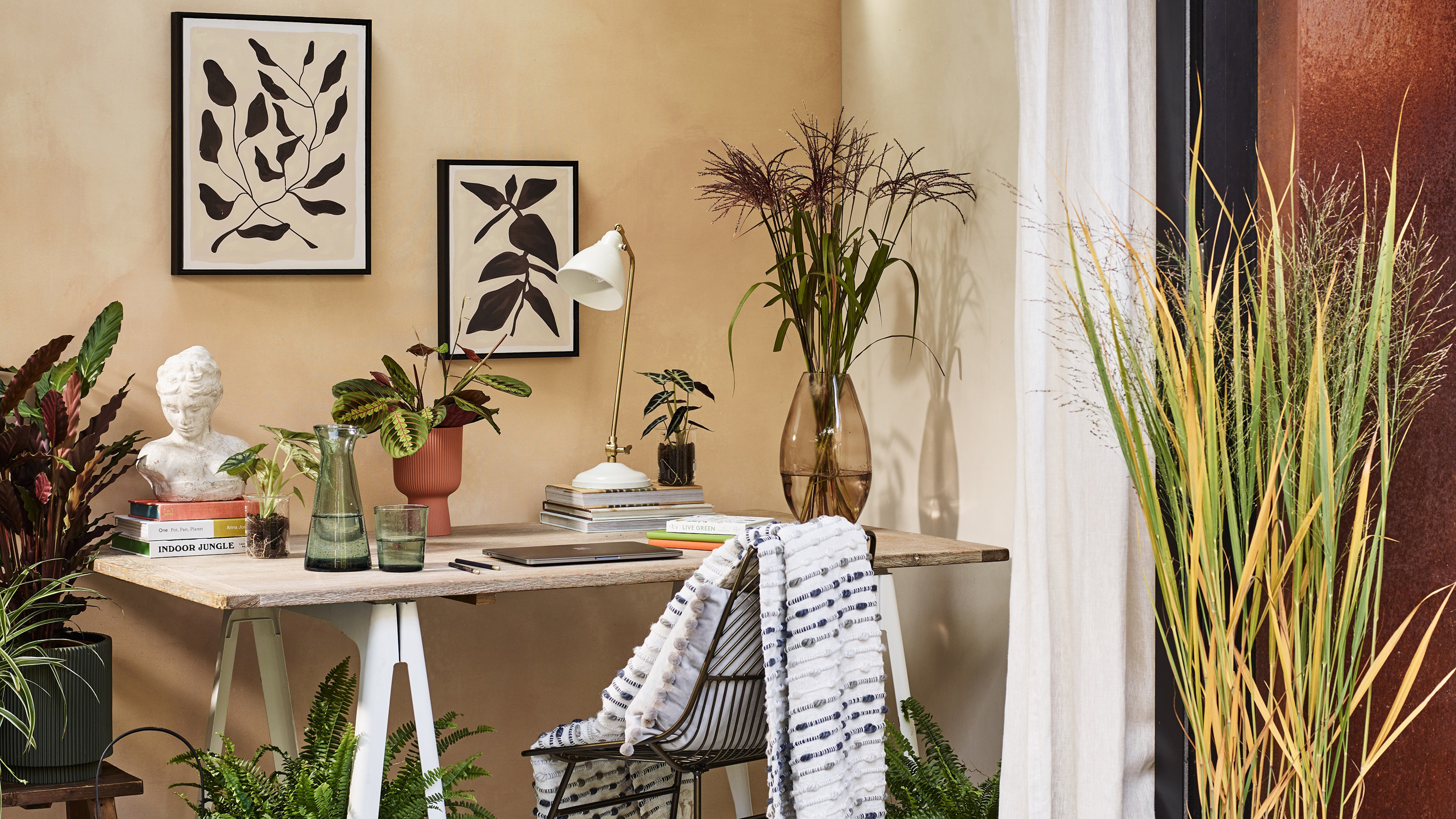 9 creative ways to bring nature into your urban home
9 creative ways to bring nature into your urban homeWe're craving the tranquility of the natural world now more than ever before. Here's how to work nature into your interior design scheme for a soothing space, wherever you are.
By Amelia Smith
-
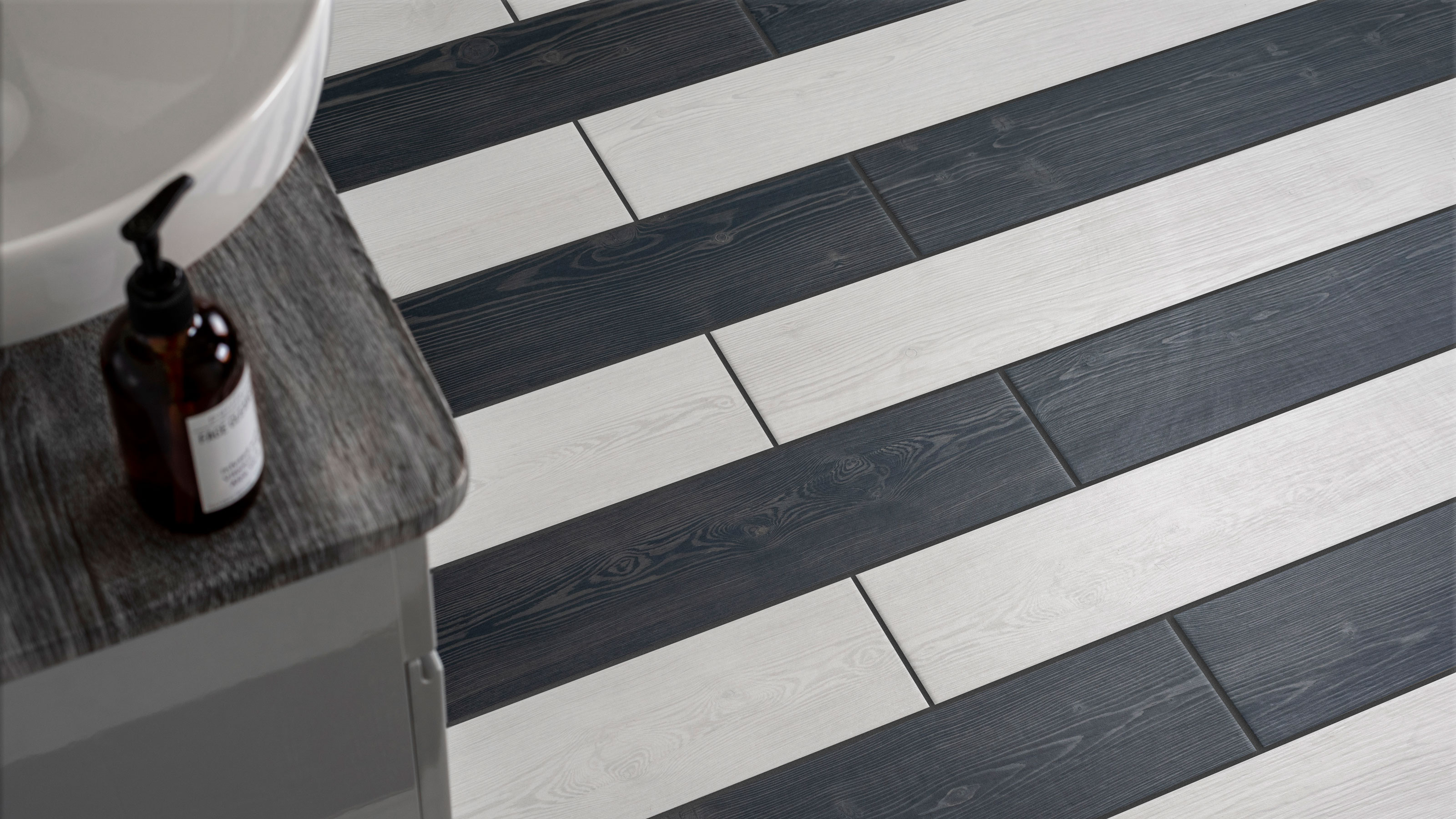 8 painted floor ideas you can DIY –transform your space from the ground up
8 painted floor ideas you can DIY –transform your space from the ground upDecorative DIY painted floor ideas for a unique look that won't break the bank.
By Holly Phillips
-
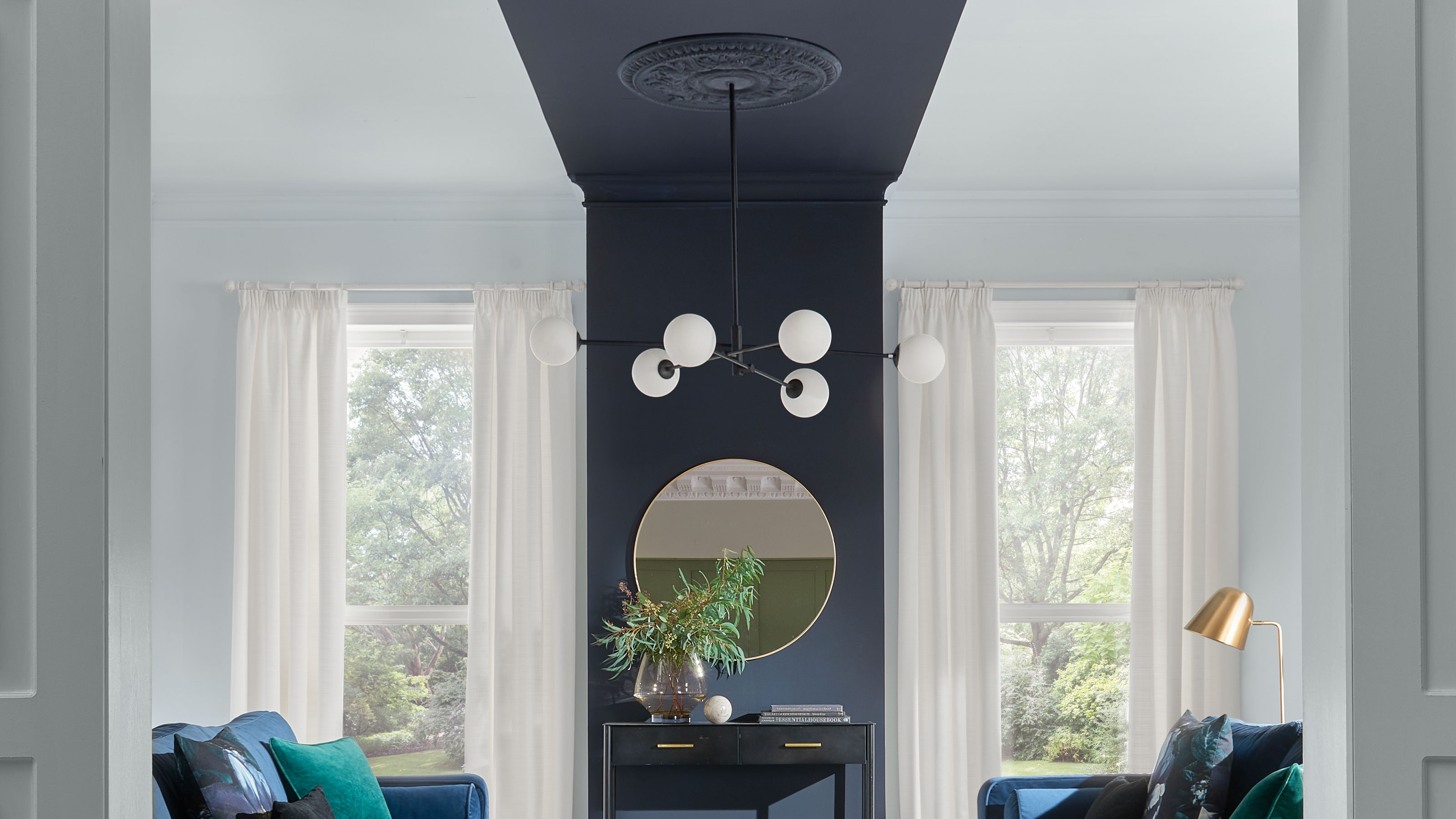 17 ceiling ideas to add wow factor from above
17 ceiling ideas to add wow factor from aboveTransform your fifth wall with ceiling ideas that are sure to add character to every room. From beams and paint to wallpaper and more unique ways to cover ugly or dated ceilings, there's so much in the way of inspiration.
By Holly Phillips
-
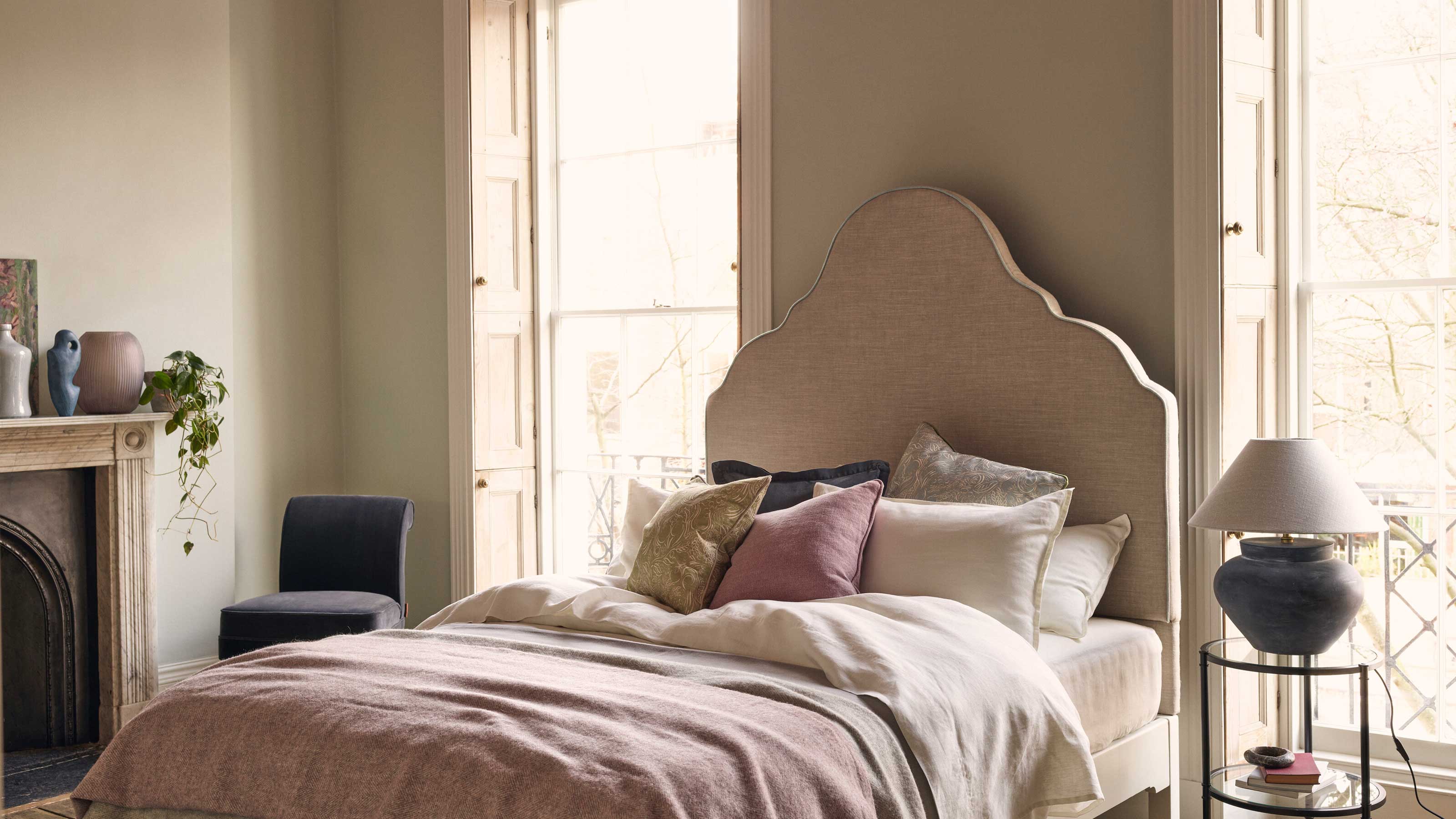 How to keep scrolling for DIY inspo – without losing sleep
How to keep scrolling for DIY inspo – without losing sleepBecause there's a time and a place for TikTok. And just before bed isn't the one
By Millie Hurst
-
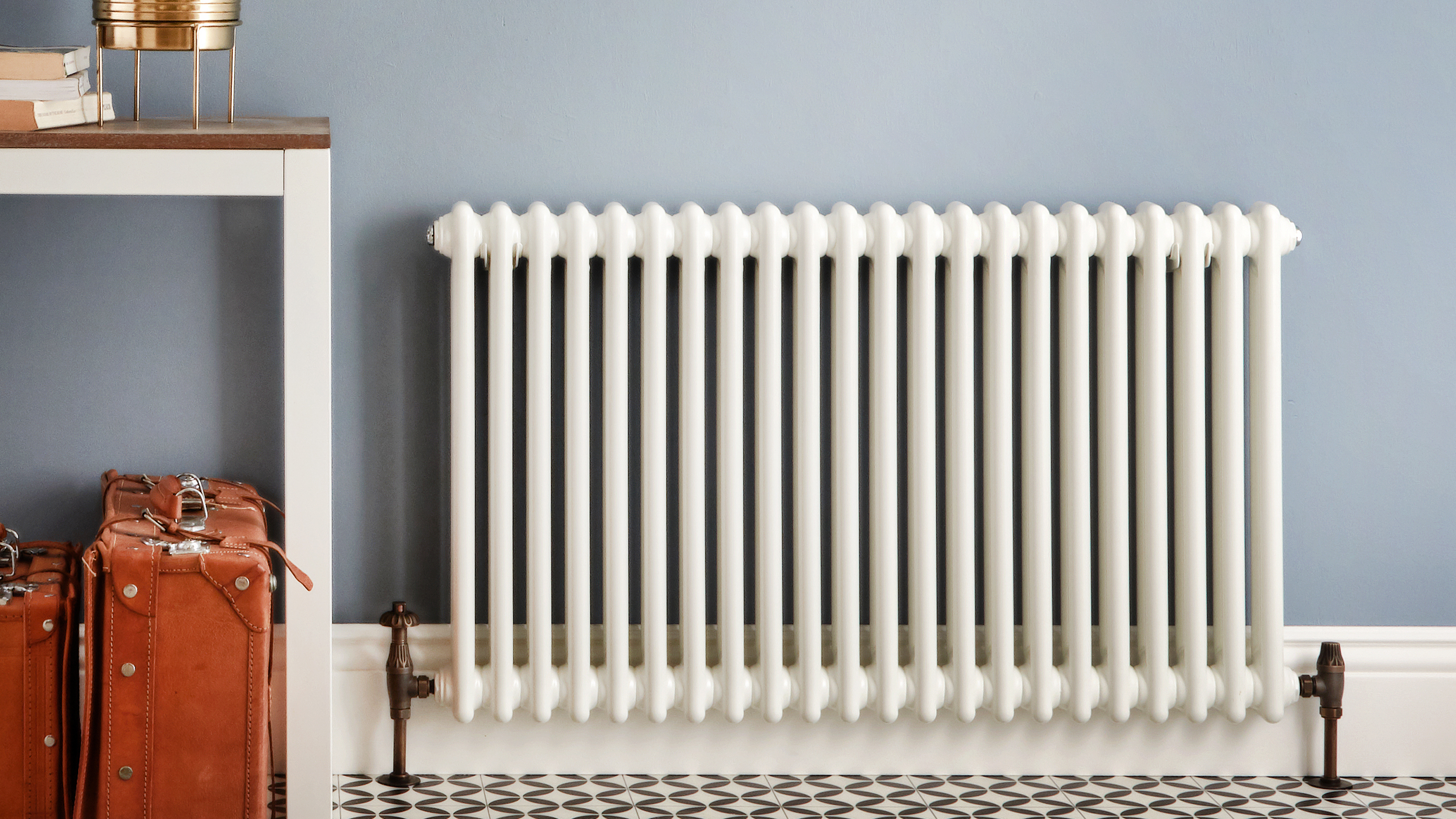 How much does it cost to replace a radiator?
How much does it cost to replace a radiator?Everything a homeowner needs to know about what it costs to replace a radiator and when to do it
By Carol J. Alexander
-
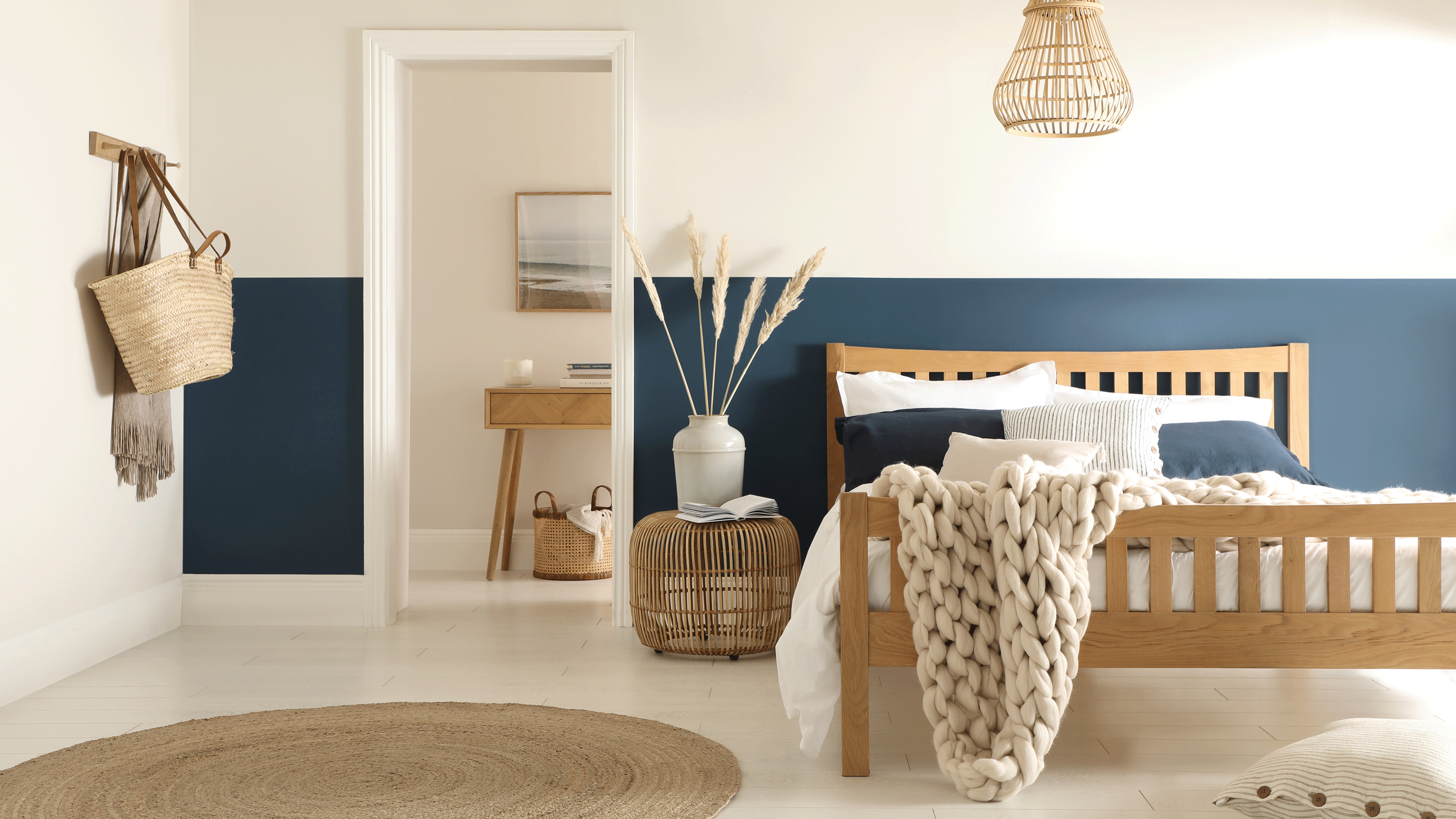 The blue paint shortage could mean you find it harder to pick up the perfect shade
The blue paint shortage could mean you find it harder to pick up the perfect shadeAnother product falls victim to supply chain problems
By Millie Hurst
-
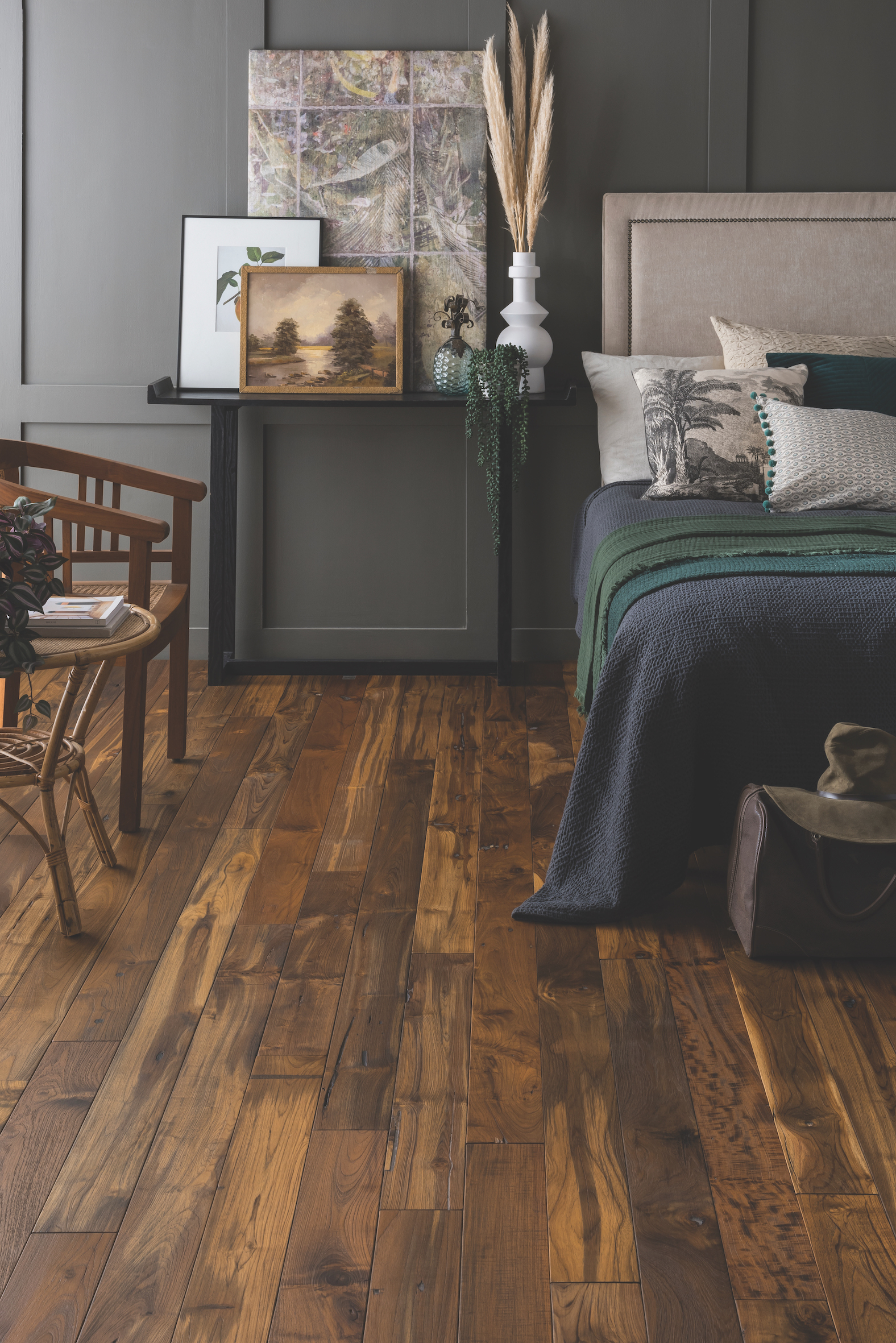 Radiant floor heating – how does it work and is it worth the cost?
Radiant floor heating – how does it work and is it worth the cost?Stay cozy with radiant floor heating. These are the different types, and the costs to consider ahead of installation.
By Sarah Warwick
-
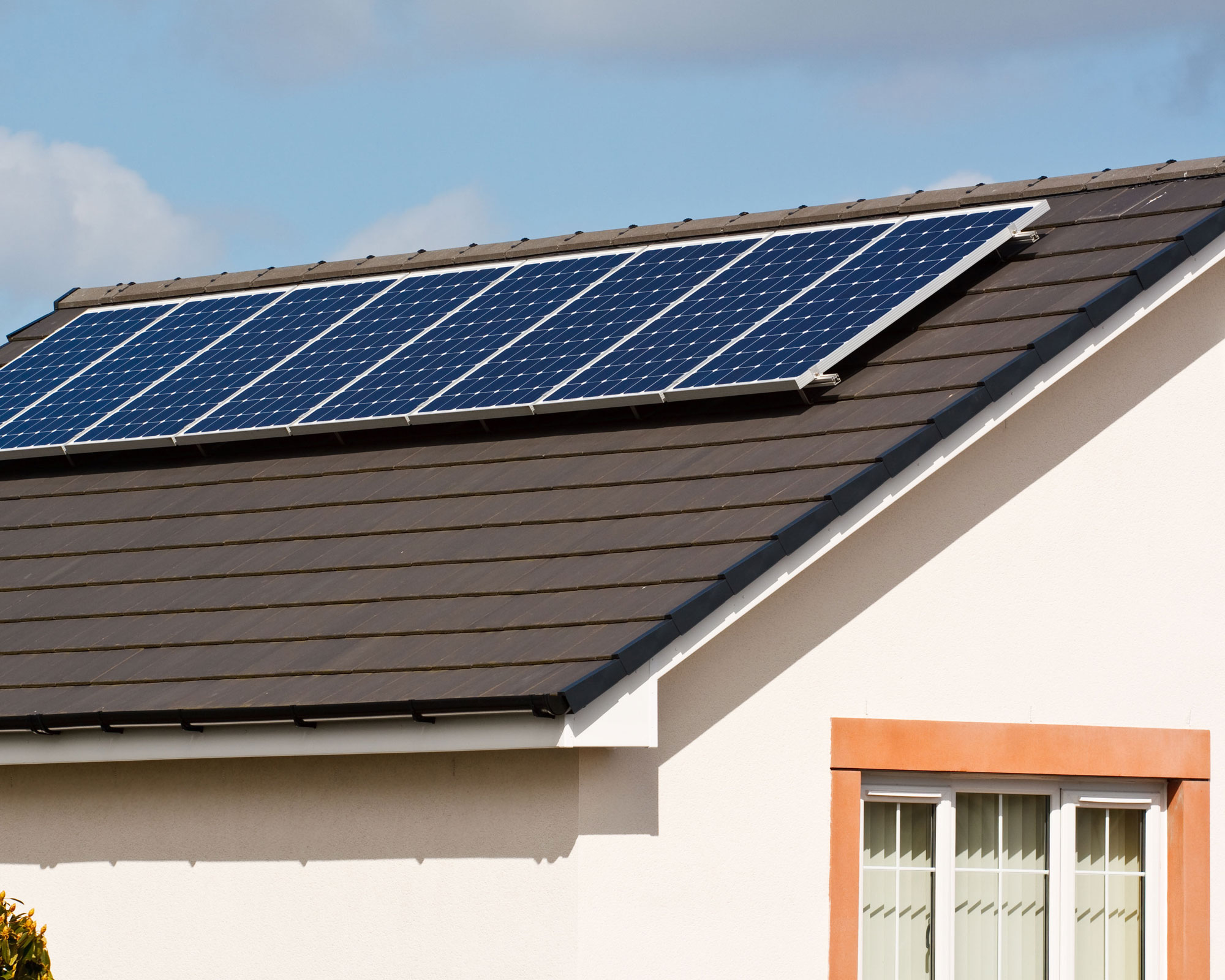 A guide to solar panels for the home – the costs and benefits
A guide to solar panels for the home – the costs and benefitsFit solar panels for the home and generate electricity, or heat water. Consider the pros, cons and costs.
By Sarah Warwick